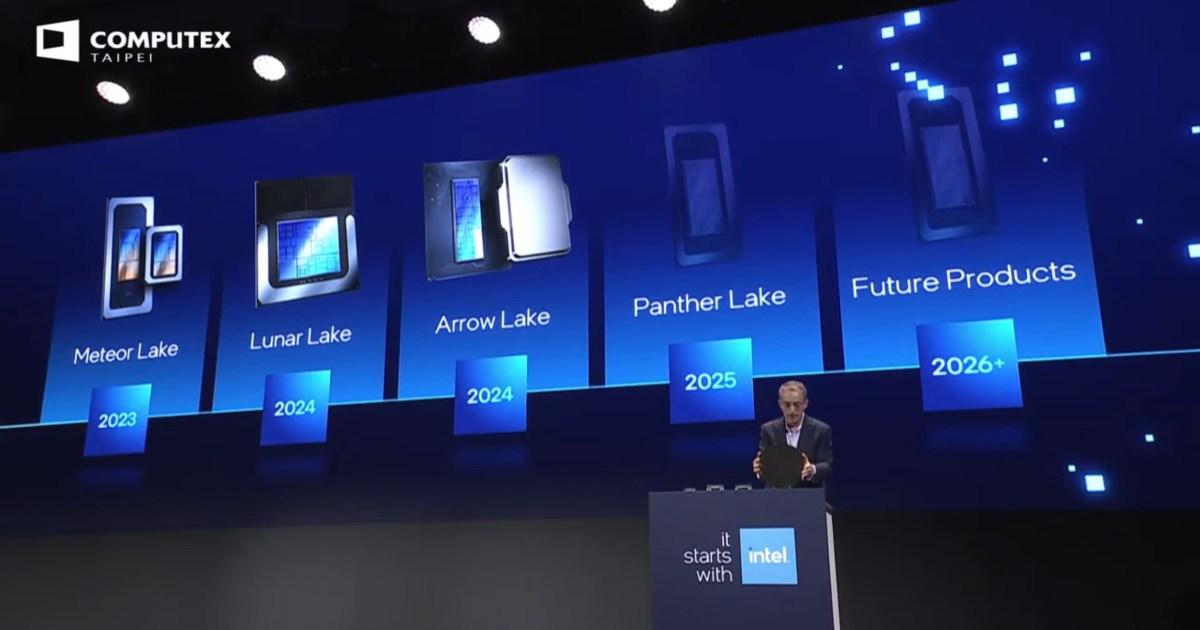I’ve had a glimpse of how AI will change the world, and it’s filling me with both fear and wonder in equal measure.
The source of my consternation is Google NotebookLM. NotebookLM takes an article, blog post, or web page, and with just one click produces an audio file of a conversation between two people about it that sounds so natural and realistic that there is no way you’d believe you weren’t listening to two real people talking. They talk with passion and authority about the subject, sound engaged and interested and riff off one another in such a natural way that it takes your breath away. There are even the little sniffs, slight mispronunciations, slurs, and little giggles that all make it sound completely human.
Here’s what happened. In my spare time I write a blog about Tai Chi called the Tai Chi Notebook. So, having heard about NotebookLM (the ‘notebook’ in the name is just a coincidence) I thought I’d throw one of my Tai Chi articles at it, just to see what it did.
Creating the audio is easy. It took it a few minutes to think about it, but it very quickly generated a .WAV file that I could download to my desktop. The audio clip lasted around eight minutes and after I’d listened to it, the world simply wasn’t the same anymore; I no longer had confidence that I could tell what was real and what wasn’t. The AI had taken my article and explained the key concepts via the ‘presenters’ having a conversation. It had even expanded on it in new and interesting directions that I hadn’t thought of, drawing analogies about what I was saying to other areas of life. The presenters had even introduced practical examples of what I was talking about, and these examples weren’t taken from my article but from their wider knowledge of the subject. And, most importantly, it didn’t get any of it wrong.
See what you think:
Obviously, we’re just at the start of the new AI-age at the moment, with key players such as ChatGPT, Gemini and more recently Apple Intelligence only just getting started. NotebookLM doesn’t have that many options right now – you can speed up or slow down playback and that’s about it – but it won’t be long before it lets you choose the type of presenter you want, their accent, their expertise, their political leaning, their personality and, once we move into AI-generated video as standard, how they look. As I wrote recently, AI is already being used in films, and we can imagine a world where a movie is generated on the fly, with the plot changing to suit your whims.
Yes, this will sound terrifying to some, but movies are already flights of fancy that exist in the world of the imagination. It’s when AI intrudes on the real world that I get most concerned. I’ve got a friend whose daughter is applying for university right now, and he tells me that many institutions are saying they don’t require a personal statement anymore because so many are doctored using AI that there’s little point to them.
All of which brings me back to NotebookLM. It can already produce a fantastic podcast out of one of my articles at the click of a button, and it feels like we’re on the dawn of a very big change in the way media is produced. I’m not sure I know what’s real anymore, and that’s something I’m just going to have to get used to.

The dawn of the AI-age
You might also like
































































































































You must be logged in to post a comment Login